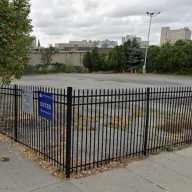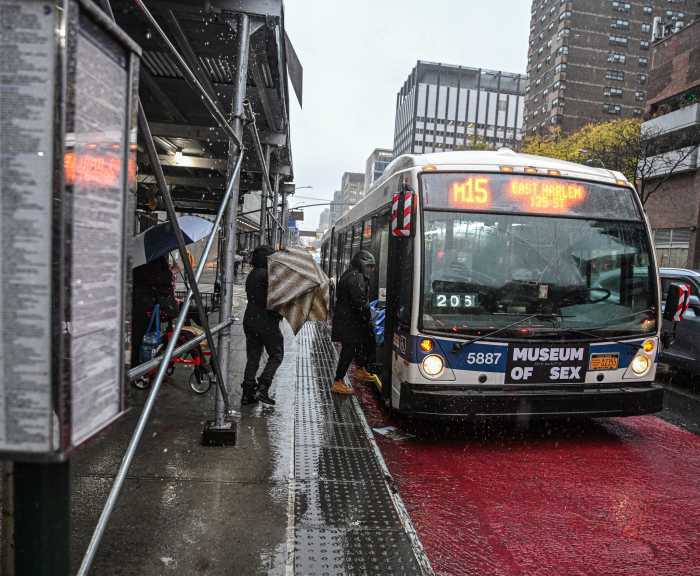The start of the school year is a time of great anticipation for parents and kids alike. New teachers. New classes. New and old friends. It’s a time for fun and learning.
Parents expect schools to be safe havens, but the reality is that children face a host of dangers all day long. Bullying, taunting and teasing are only some of the hazards that kids must deal with it every day at even the best schools in America.
About 30 percent of middle and high school students say they’ve been bullied. Among high school students, one out of nine teens reported they had been pushed, shoved, tripped or spit upon during the last school year, according to a National Institute of Child Health and Human Development research study.
FindLaw.com, the nation’s leading website for free legal information, offers the following tips on how to keep your children safe at school:
* Talk to your kids about school safety. Talk about bullying and make sure your child understands what is and is not acceptable behavior. Also discuss when and how to report bullying.
* Go to the bus stop. If your schedule allows, go to the bus stop with your child and get to know the other kids and parents, along with the bus driver.
* Get to know your kids’ teachers. Send your child’s teacher an email to introduce yourself and regularly check in on your child’s academic and social progress. Learn how his or her teacher approaches bullying and other issues that may distract from the school’s learning environment, such as the use of cell phones and iPods.
* Read the school’s policy on bullying. Become familiar with school policies about bullying – particularly the protocols for identifying and reporting bullying behavior. Pay careful attention to policies regarding cyberbullying, which can take place outside of school.
* Watch and listen for the cues. Many kids don’t want to reveal to their parents that they’re being bullied, taunted or teased by other kids. If your child is withdrawn, not doing homework, sick more often than normal or demonstrating other out-of-the-ordinary behavior, talk about what seems to be bothering him or her.
* Know where your kids are at. Sometimes bullying and other unsafe situations take place outside of school grounds, such as at other students’ houses. Telling your kids that you want to know where they are and that they need permission to visit a friend’s house shows them you care. It also reassures them that they can contact you if they need help.
* Monitor Internet use and texting. Put the home computer in a public place and don’t allow your kids to use a computer in their bedroom by themselves.
* Talk to other parents. You may learn that their children also have been bullied or have been involved in activities on and off school grounds that you should be concerned about. You stand a much better chance of obtaining changes and creating a safer environment for your student by acting together rather than alone.
* Put it in writing. If you suspect your child is being bullied or sexually harassed by another student (or a teacher or staff member), ask for a face-to-face meeting with the school’s principal. If the principal does not act, hire an attorney and escalate your complaint to the superintendent and school board. Putting your complaint in writing about the specific types of negative behavior affecting your child is necessary if you need to litigate the complaint in court.
* Take appropriate action when bullying becomes assault. If your child is physically assaulted on the bus, in school or on school grounds, contact the local police department, particularly if there is a school liaison officer assigned to the school, about whether a police report or assault charges should be filed. Do not wait to let the school handle the situation.
For more information about how to keep your kids safe at school, visit FindLaw.com.


































